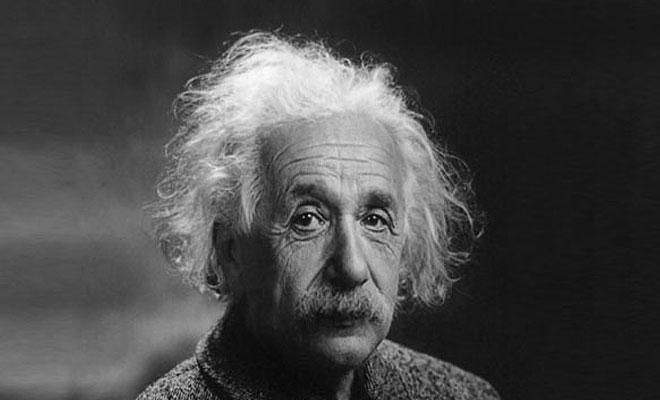
Several theories proposed by Albert Einstein, including the theory of relativity, are widely considered the laid stones of modern physics. In his theory of relativity, Einstein proposed that the speed of light is 186,000 miles per second, and no object can travel faster than this speed. However, this theory has come under scrutiny after NASA scientists spotted hundreds of mysterious objects which traveled above the speed of light in a distant galaxy.
This phenomenon was captured by a NASA scientist named Robert Williams in 1995. These flying objects were spotted in a galaxy named Messier 87. In the series, 'NASA's Unexplained Files', Williams opened up about these encounters.
"There were no bright stars, no known radio sources, I was just trying to pick out a random area of the sky that we knew nothing about. It wasn't until we added them all up that it was apparent that there were 2,500 galaxies. Most of them were really faint," said Williams, Express.co.uk reports.
Seth Shostak, a senior astronomer who works at the SETI institute revealed that these mysterious objects have broken the laws of physics.
"You just can't send physical objects or even information faster than the speed of light. The speed of light is the ultimate speed limit. Was Einstein right, or maybe he was slightly wrong? Or is there some way to beat Einstein by warping space?" said Shostak.
A few months back, Andrew Ghez, a professor at the University of California had suggested that Isaac Newton's law of gravity might be most possibly wrong. During the research, scientists tested general relativity near the monstrous black hole at the center of our galaxy and found that Einstein's theory of general relativity holds up, but Isaac Newton's law of gravity can be completely ruled out. Researchers, in the study report also added that Newton's theory could not explain gravity inside a black hole.









